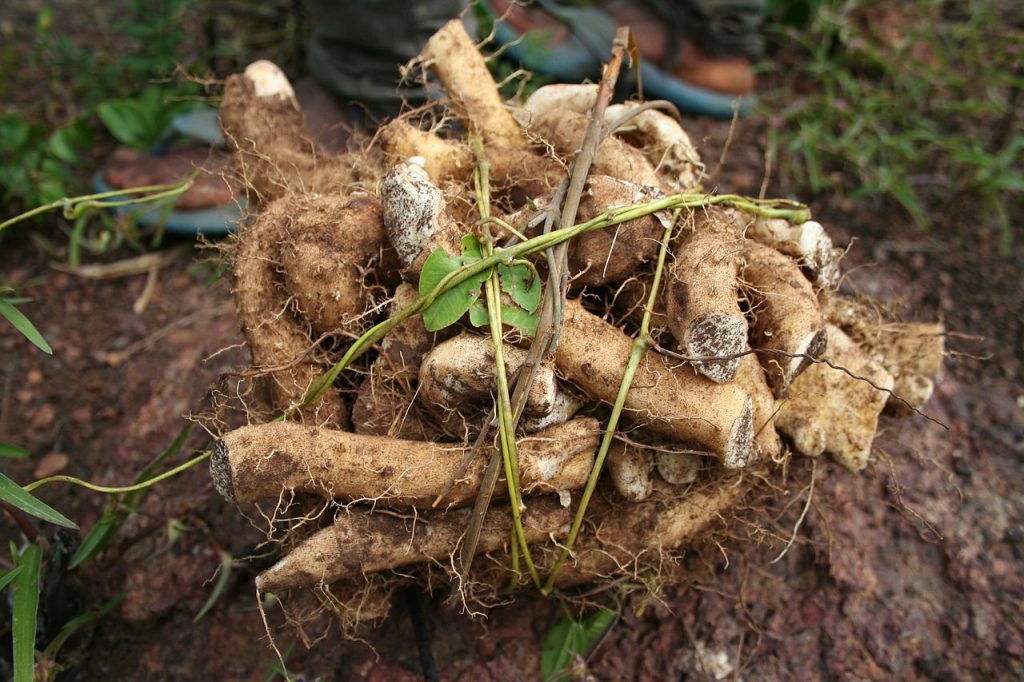Genome analysis of yams reveals new cradle of crop domestication in West Africa
Yam genomics supports West Africa as a major cradle of crop domestication

The history of crop domestication is much less documented in sub-Saharan Africa, in part because archaeological studies are largely fragmentary. Previous studies of domestication in Africa suggest an origin encompassing a large area from Senegal to Somalia, while more recent studies have challenged this hypothesis – proposing a more restricted domestication origin near the Niger River Basin. To assess whether areas near the Niger Basin could be considered major hotspots of domestication, Nora Scarcelli and colleagues investigated the domestication of yam, a major staple crop originating from Africa. They used genome re-sequencing to analyze 167 “wild” and domesticated yam species from the country.
Their analysis, which included sophisticated statistical modeling, suggests that that cultivated yam was domesticated from a forest species, D. praehensilis, starting in the Niger River basin. Its domestication process involved adaptations to the open field environment and human selection that increased tuber size and starch content in the cultivated yam. The study further suggests that the Niger River region played a major role in African agriculture, comparable to the Fertile Crescent in the Near East.
Press release from the American Association for the Advancement of Science



